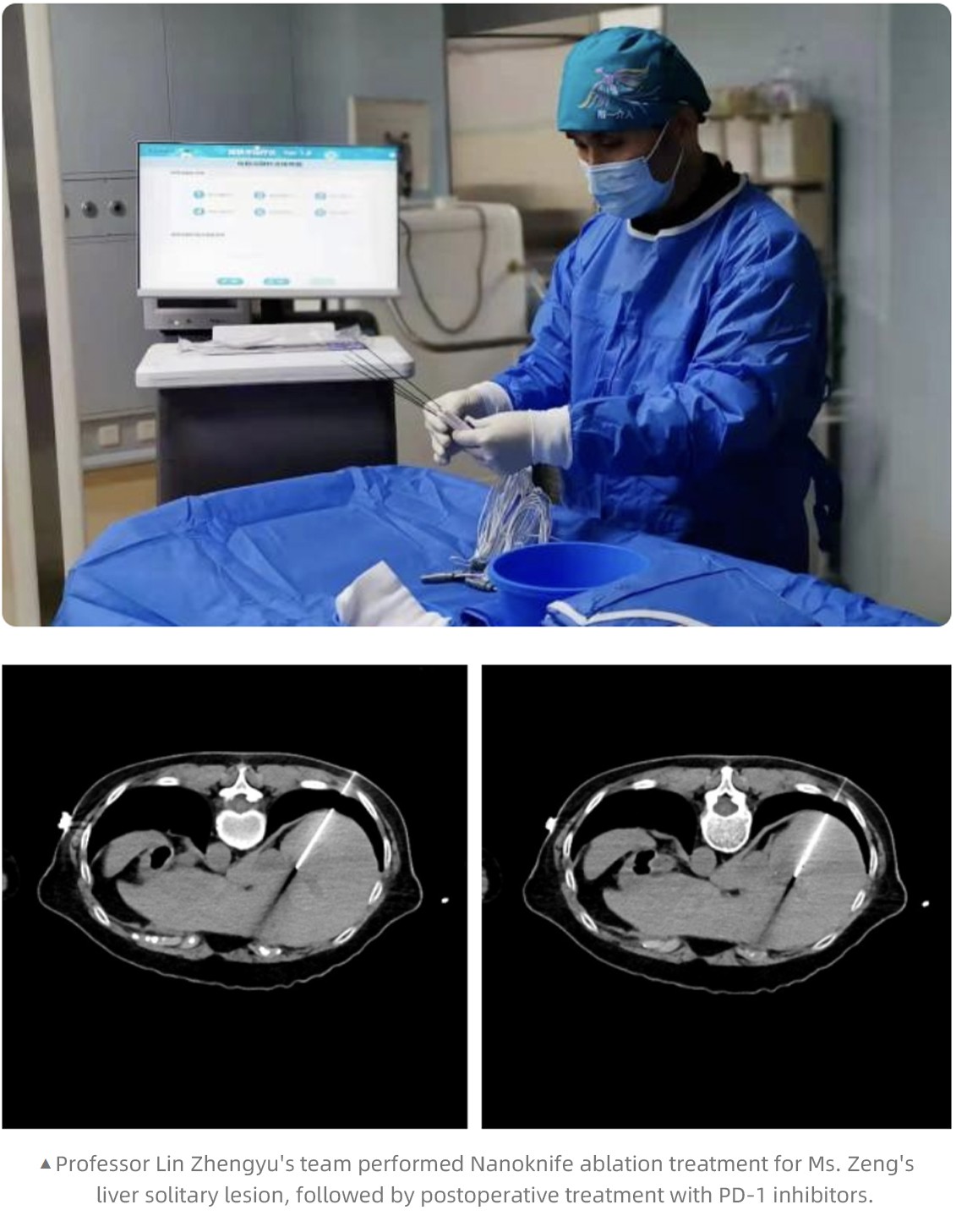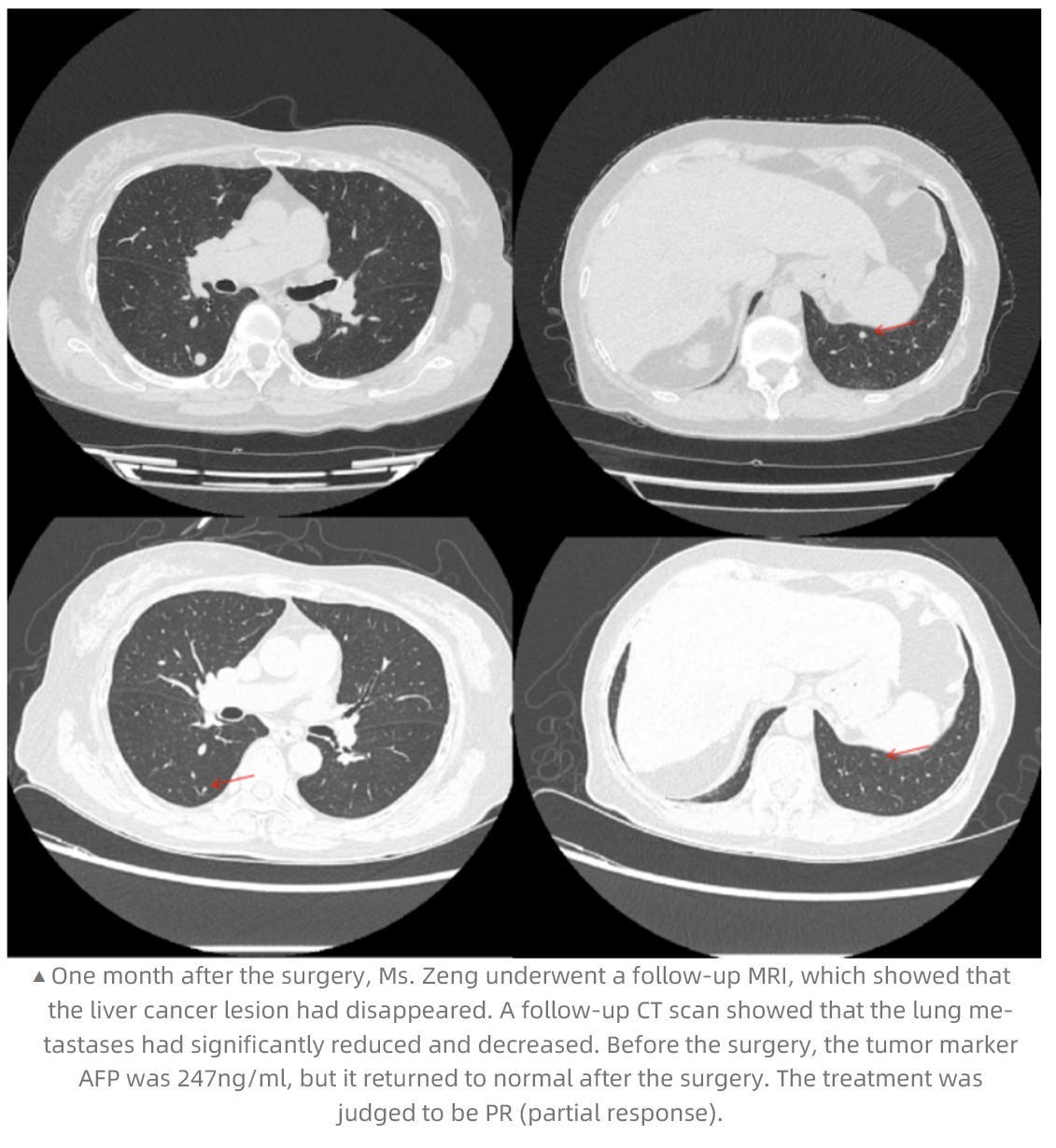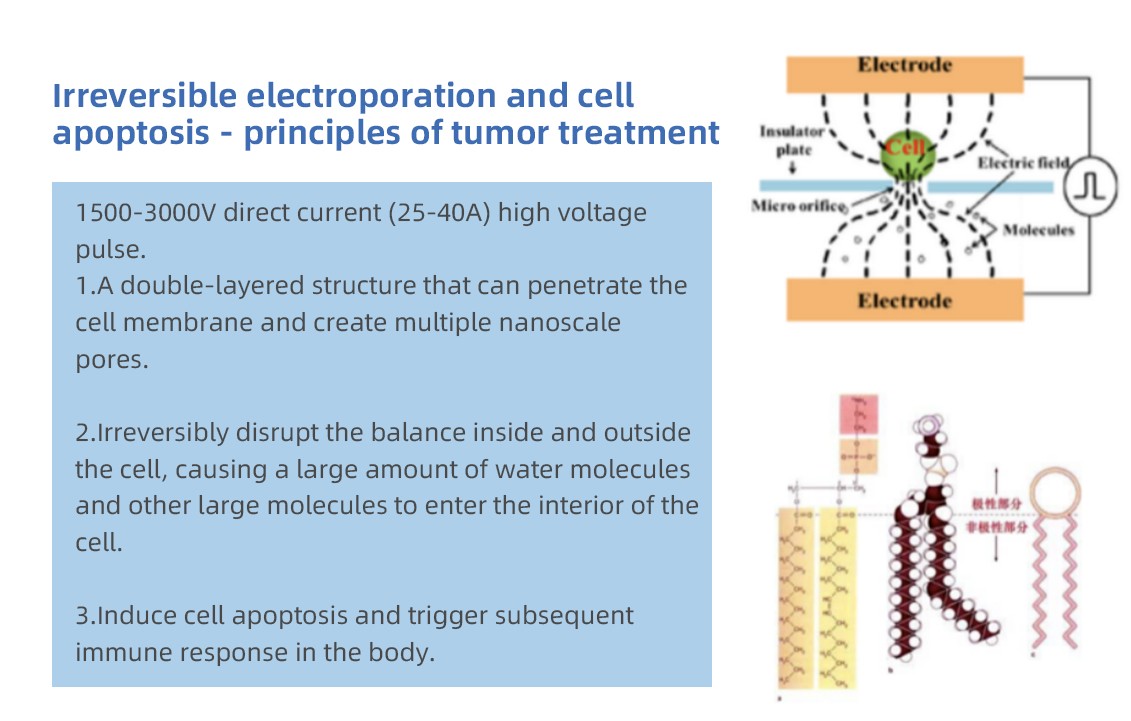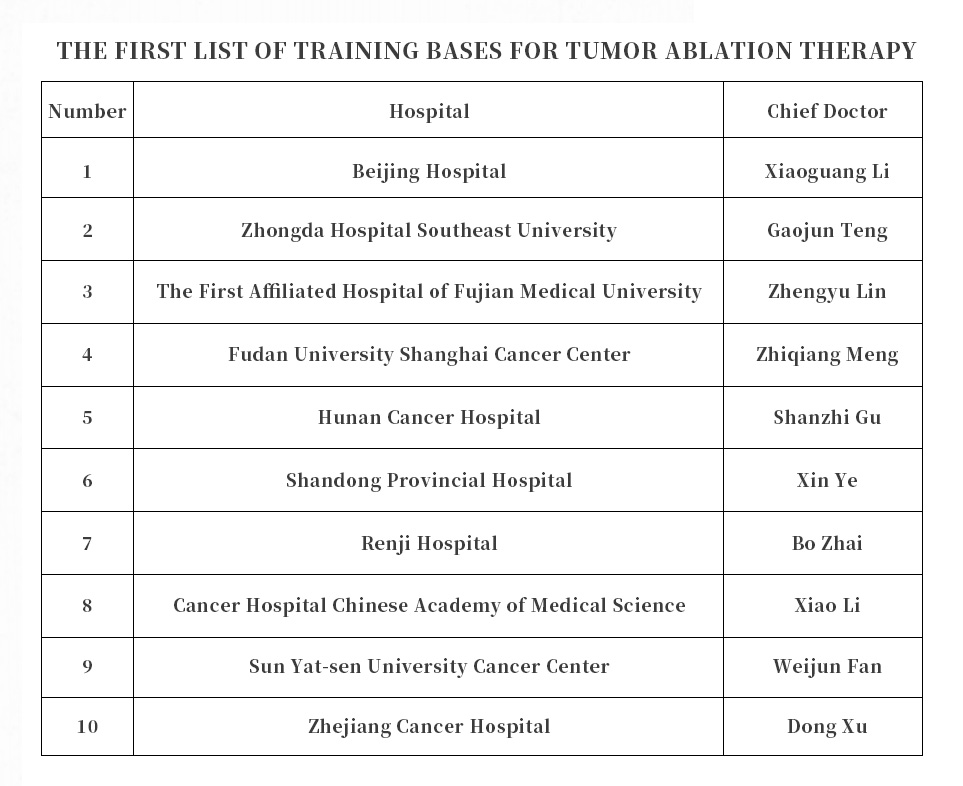

The following content is reproduced from the Wechat official account :Fujian Hospital, affiliated with Huashan Hospital of Fudan University.
Two years ago, Ms. Zeng was diagnosed with primary liver cancer during a physical examination. She received multiple treatments including "local ablation of liver cancer" and targeted therapy at the local hospital, and the tumor was effectively controlled.
However, during a follow-up examination this year, local doctors found that Ms. Zeng's tumor had progressed significantly (recurrence of liver cancer with multiple lung metastases), and various treatments were attempted but the results were still unsatisfactory.
Feeling disappointed, a friend suggested that Ms. Zeng seek treatment at the Interventional Department of Fudan University Affiliated Huashan Hospital Fujian Hospital and the First Affiliated Hospital of Fujian Medical University (Binhai Branch) (referred to as Huashan Hospital Fujian Hospital).
At the beginning of this year, Professor Lin Zhengyu, a cancer treatment expert at the First Affiliated Hospital of Fujian Medical University, carried out the first Nanoknife ablation in Fujian, bringing good news to patients with complex and difficult-to-treat cancers. The combination of Nanoknife and immunotherapy, this innovative technology has also brought new hope to Ms. Zeng.


Professor Lin Zhengyu introduced that NanoKnife is a new tumor ablation technology. It works by releasing high-pressure pulses to break the tumor cell membrane and form permanent nanoscale perforations on the tumor cells. This disrupts the balance within cancer cells, causing them to rapidly undergo apoptosis, also known as irreversible electroporation.
After the tumor cells undergo apoptosis, the phagocytes in the body will engulf the cell debris, and the treated area will gradually be replaced by normal tissue.

The commonly used techniques include thermal ablation (radiofrequency, microwave) and cryoablation (argon-helium knife and liquid nitrogen). NanoKnife is a special technique that is neither cold nor hot.
If "ablation" is the "crown" of local tumor treatment, then "NanoKnife" is the "pearl" on the crown.
Professor Lin Zhengyu introduced that the NanoKnife has advantages that other ablation technologies do not have, including:
● Selective ablation of the organization only destroys "cells" without damaging the walls of blood vessels, nerves, trachea and bronchi, bile ducts, intestines, ureters.
●The treatment is thorough and the boundary of the ablation area is clear.
● Ablation does not generate heat, nor does it rely on heat, and it is not affected by the blood flow of adjacent large blood vessels (such as the abdominal aorta and the main artery).
● The cell death caused is not "necrosis", but apoptosis, which can stimulate anti-tumor immune response.
●The treatment time is extremely short. Treating a 3 cm tumor only takes 5 minutes, and the anesthesia time is correspondingly shortened, which is beneficial for postoperative recovery.
●The effect process can be monitored in real-time and can be clearly displayed on ultrasound, CT, or MR, ensuring that the ablation achieves maximum effectiveness.
Nanoknife is suitable for liver, lung, kidney, pancreas, prostate, and other solid tumors, especially for tumors located near the hepatobiliary system, gallbladder and bile ducts, pancreas, and ureters, which have unique advantages.
In recent years, immunotherapy has played an increasingly important role in the treatment of advanced malignant tumors. However, due to reasons such as tumor cell antigen hiding and internalization, some tumor patients are not sensitive to immunotherapy. Minimally invasive tumor ablation technologies represented by radiofrequency, microwave, cryotherapy, and Nanoknife have significant therapeutic effects on some early and middle-stage tumors that are not suitable for surgical resection, but their role is limited in advanced tumors. How to combine the strengths and avoid the weaknesses of the two? Nanoknife ablation combined with immunotherapy is a new attempt.
Professor Lin Zhengyu introduced that, considering that nanoknife ablation therapy can stimulate anti-tumor immune response, interventional medicine has used it for patients with advanced and refractory liver cancer. This is another innovative technology being carried out at Huashan Hospital Fujian Hospital - first using nanoknife ablation to stimulate anti-tumor immune response, and then combining it with immunotherapy to achieve better therapeutic effects. Since the "Nanoknife ablation combined with immunotherapy" technology was launched at Huashan Hospital Fujian Hospital, it has brought good news to many patients with advanced malignant tumors.
As one of the first national-level training bases for tumor ablation, the level of ablation therapy at the First Affiliated Hospital of Fujian Medical University ranks among the top in the country, especially in the field of MRI-guided tumor thermal ablation therapy, which fills the technological gap in China and has developed multiple independent intellectual property equipment, instruments, and software, achieving product transformation.
In 2019, the First Affiliated Hospital of Fujian Medical University became one of the first 10 training bases for tumor ablation therapy recognized by the Chinese Medical Association (the only one in Fujian province). Professor Lin Zhengyu serves as the director of the base and has completed training for multiple batches of students from all over the country.


|
Lin Zhengyu Doctor of Medicine Chief Physician Associate Professor Master's Supervisor. Director of Interventional Department of the First Affiliated Hospital of Fujian Medical University Primary academic appointments Deputy Leader of the Tumor Ablation Treatment Expert Group of the Chinese Medical Association Deputy Director of the Tumor Ablation Treatment Expert Committee of the Chinese Society of Clinical Oncology (CSCO), Executive Committee Member and Secretary-General of the Tumor Ablation Treatment Professional Committee of the China Anti-Cancer Association Member of the Interventional Physicians Branch of the Chinese Medical Association and Deputy Leader of the Tumor Ablation Study Group Deputy Director of the Respiratory Disease Intervention Special Committee of the Interventional Learning Group of the Radiological Branch of the Chinese Medical Association Deputy Director of the Ablation Branch of the Tumor Minimally Invasive Treatment Professional Committee of the China Anti-Cancer Association Executive Committee Member of the Particle Branch of the Tumor Minimally Invasive Treatment Professional Committee of the China Anti-Cancer Association Deputy Director of the Interventional Radiology Physicians Branch of the Fujian Medical Association. Participated and presided over multiple national and provincial level projects, and published over 100 papers. Served as an editor for the Journal of Cancer Research and Therapeutics. Professional Expertise Minimally invasive intervention diagnosis and treatment of tumors under MRI/CT guidance. Specializes in MRI/CT-guided biopsy, drainage, intervertebral disc intervention, 125I radioactive particle implantation, tumor ablation, and other interventional treatments for various systems. He is one of the pioneers and leaders in MRI-guided interventional therapy in China, and his MRI-guided tumor radiofrequency and microwave ablation techniques have reached an advanced international level. Outpatient Location Outpatient Building, 5th Floor, Room 546, The First Affiliated Hospital of Fujian Medical University. Outpatient Building, 4th Floor, Room 412, Huashan Hospital Fujian Branch |